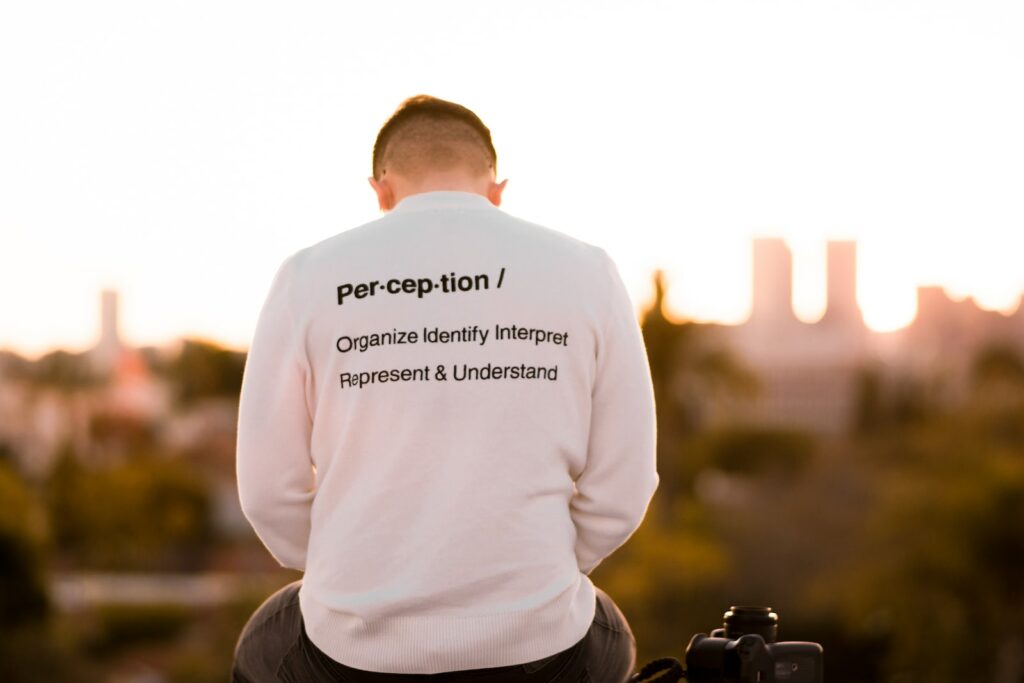Understanding your business: why I don't take anything at face value

The most significant feedback I consistently receive from our clients is that we understand their business. This is always nice to hear, because it helps to reinforce my process to ‘get you’. The accompanying comment on this feedback is always about how other designers have missed the mark on getting to true understanding of the business in question.
When you come on board to work with me, one of the first things you’ll notice is that I ask a lot of questions. Often I even ask the same question multiple times and in lots of different ways. This can seem really boring and I know it’s off-putting to some potential clients—there’s a big time investment to this. But there’s a reason why I start with strategy at the beginning of everything I do.
A few situations have converged over the past couple of months to make me reflect on why my process is the way it is.
Examples of what can go wrong when your needs are taken at face value
Situation 1: agency builds overly complicated website after failing to ask the right questions

A former client approached me for urgent help after the big, fancy agency they’d hired to build their new website was failing to deliver what the business needed. It was clear to me that, while there had been extensive pre-build meetings, no one had asked the right questions up front. The fancy agency didn’t seem to understand what the business priorities were; what role the website would play in their marketing and in ongoing client relationship management; and, crucially, how the small business intended to manage the website going forward (not with a full-stack developer on staff, that’s for sure!).
If you don't have solid foundations you will have to rebuild your house.
Learning: bigger isn’t always better. The agency’s lack of understanding of this small business meant they delivered an enterprise-grade, code-heavy website that just wasn’t fit-for-purpose for a small hands-on team. In short, the tech stack was wrong. Asking the right questions at the beginning would’ve got my client a better website that would last them longer. A year on and we’ve completely rebuilt this client’s website to ensure that all code is available to them and nothing is locked away or hidden. We’ve given them a bunch a global templates that they can reuse to create new pages and sections with ease. We’ve created a content system that makes it easier for the team to do what they need to do without having to be web designers themselves. And we’ve given them a ton of free training so they can get in and get to work.
Situation 2: skipped strategy led to miscommunication and a poor experience for both consultant and client

A colleague needed advice after her consulting service failed to meet the expectations of her client, while simultaneously overstepping her own boundaries around how her service worked. The consultant had a strategy session embedded as part of her process, but the client was time-poor and elected to skip the session. My friend let it slide, made a bunch of (reasonable-seeming) assumptions and got to work (we’ve all been there). When her client saw the work produced, the outcome didn’t meet expectations. Uh oh. Miscommunication on both sides led to a disconnect that my friend then worked overtime to resolve to keep her client happy. This isn’t a situation exclusive to designers, I’ve seen similar situations with lawyers, financial planners and consultants of all stripes.
Learning: starting with strategy goes miles towards setting expectations, pointing out the boundaries of a service, and fully understanding what your client needs (which may be different from what they say on paper!). This has ultimately turned out to be a huge win for my friend’s process going forward as she’s doubled down on her workflow to ensure strategy is never skipped.
Reliable, professional and responsive, Nicole takes the time to understand the client's objectives and identify the best strategy to achieve them.
Jasmine Hogarth, Make it Clear
Things start to go right when we take the time to understand each other
Situation 3: an expert external eye should be able to recognise opportunities to enhance your first draft

A new client came to me with a fully fleshed out sitemap for their new website that, on the face of it, was ready to roll—they’d clearly put a ton of work into it. My client had already done a massive amount of strategy work with a brand designer, so their vision was well articulated. It was up to me to go deeper and get to know everything about the client, their vision for the future, their audience and all the ins and outs of how they wanted to use the website.
After two in-depth Website Strategy Workshops that were included in their custom web design package, we restructured the sitemap to allow for a better user experience. Their work was a massive first step that helped light the way. Our work together created a super solid plan of action that make the rest of this project a breeze.
Learning: don’t take what looks like the obvious path to be the right one. Going deep into the why of your business goals and audience expectations can mean flipping the switch on the first draft of your vision.
Situation 4: I've been that person who jumped right in without a plan. It's how we all start out.

When I first started this business over a decade ago, I did the whole jump off a cliff without a parachute thing. I lived the start-up life. I tried to hustle (ew). I said yes to everything and I learned a ton. But I also wasted epic amounts of time, money and brain space along the way. I worked too many late nights. I spent money on quick fixes that may have moved the business a step forward, but always took it two steps backwards in short succession.
This story is not just my story. It’s the same for most of the businesses I work with. Most of my clients started their businesses from a corporate exit. We often start a business because we’re saying no to what we did before that. And we work the rest out as we go along. Starting a business is huge. You know you’re an expert at your big thing, but there are a million things you don’t know anything about that are suddenly part of your day job. It all gets messy, fast.
Learning: businesses that succeed always outgrow this stage of juggling chaos. We take on more of an investor mindset and look at everything we do in our business through the lens of building brand value and creating a scaleable business with a viable exit plan.
That means slowing down, taking stock and getting the right advice from people who have the knowledge and experience to ask the right questions.
I will always take the time to understand you and your business
These days I always start with lengthy strategy deep dives be it for Clever Day intensives, Website Strategy Workshops, or for the Clever Marketing Plan that is a precursor to my vCMO program. Yes, it takes more time to get strategy done. Yes, strategic consulting costs money. But I’ve learned the hard way what happens when this important step is skipped. It usually means more time for the consultant and budget blowout for the client. If you don’t have solid foundations you will have to rebuild your house.
The biggest problem with skipping this crucial step is a lack of understanding between consultant and client. It’s almost impossible to retrofit this sort of connection—believe me, I’ve tried, failed and learned my lesson!
Get the help you need from experts who understand your business
If you want to get to know us, subscribe to the Box Clever newsletter, read some articles, or book a Clever Hour strategy session to pick Nic’s brain and find our more about the clever things we can do to help make running your business easier.
